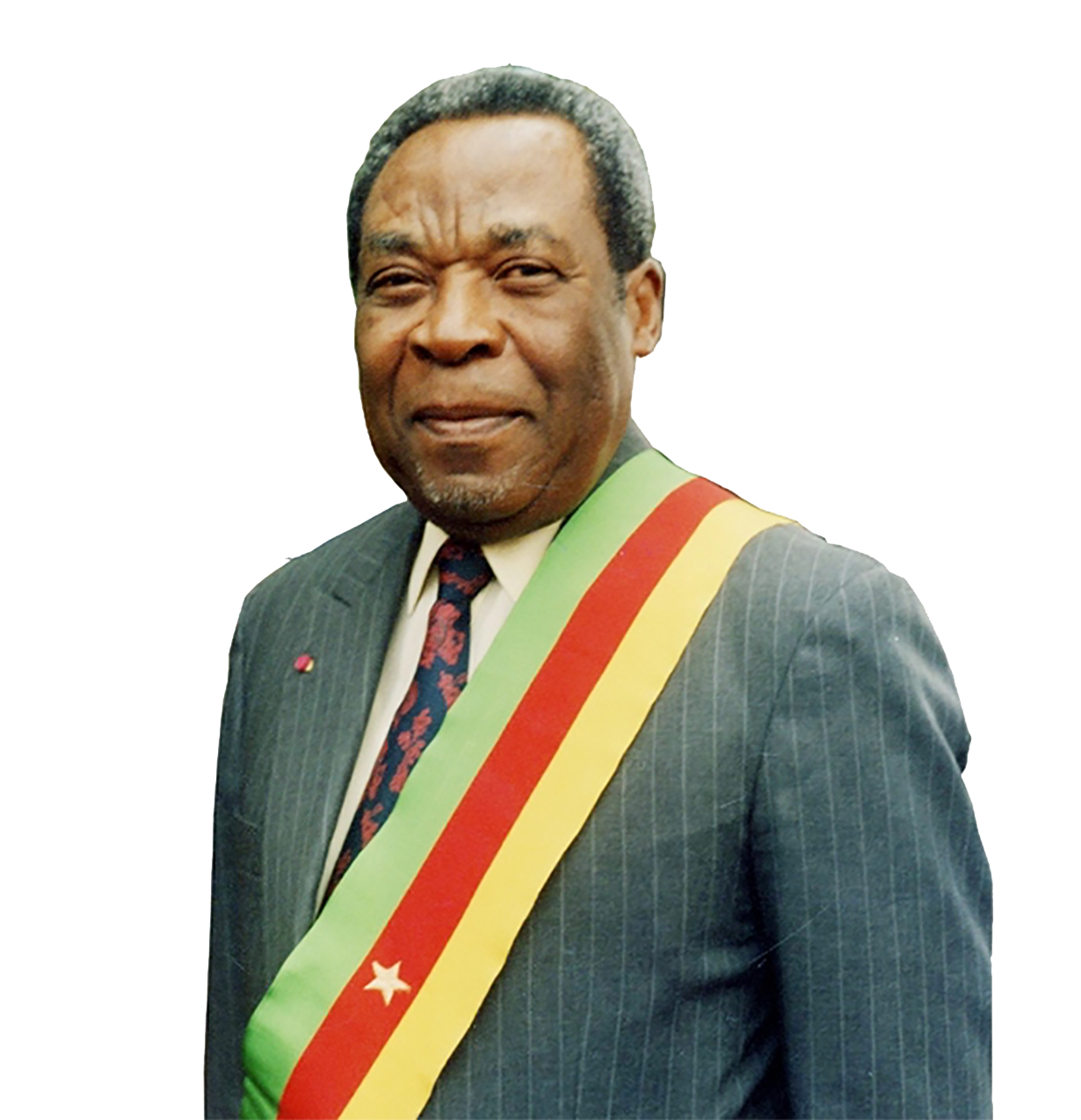Présentation du Sénat
The Senate, also known as the Upper House of Parliament, unlike the National Assembly, cannot be dissolved.
It represents the decentralized local authorities and each of the ten Regions of Cameroon, is represented by ten (10) Senators who enjoy immunities in accordance with the law.
Members of the Senate are called Senators, elected for a five-year term. The Upper House of Parliament is made up of one Hundred (100) Senators, including:
- 70 elected by indirect universal suffrage on a Regional basis and;
- 30 appointed by the President of the Republic.
Seven political parties are currently represented in the Senate as follows:
- CPDM: 94 seats
- SDF: 1 seat
- The MDR: 1 seat
- ANDP: 1 seat
- The FSNC: 1 seat
- The UNDP: 1 seat
- UPC: 1 seat
Any candidate for the post of Senator must fully enjoy his civil and political rights, and be at least forty (40) years old on the date of the election. He must be a Cameroonian citizen of origin and demonstrate effective residence within his/her jurisdiction concerned.

About the Cameroonian Senate
The Role of the Cameroonian Senate
The Cameroon Senate legislates and controls Government actions. It decides matters of national interest, represents the interests of people in their Regions, proposes debates and votes on bills and amendments.
Its Configuration and Mode of Election
The Senate in Cameroon represents the decentralized local authorities and each of the ten (10) Regions is represented by Ten (10) Senators including: Seven elected by indirect universal suffrage on a Regional basis and Three (3) appointed by the President of the Republic.
The members of the Senate bear the title of “Senator", and their term of office is five (05) years.
Mode of Election
Each year the Senate holds three (03) Ordinary Sessions lasting Thirty (30) days each. The first Ordinary Session of the Senate opens in March, the second in June and the Third in November. The opening date of each Session is by the Bureau Order of the Senate after consultation with the President of the Republic.
At the beginning of the legislature or first Ordinary Session of the legislative year, a Bureau of the Senate is elected before deliberations
The Composition of the Senate Bureau
- One (01) President.
- One (01) First Vice President.
- Four (04) Vice Presidents.
- Three (03) Quaestors;
- Eight (08) Secretaries;
- One (01) Secretary General (Ex-Officio Member)
The Bureau members are elected for one (01) year, and re-eligible. After the election of the Senate President, the Vice-Presidents,
Quaestors and the Secretaries are elected at the same time during the same plenary session, by secret ballot and a relative majority of the valid votes cast, on a common list presented by the political parties represented in the Senate.
The Role of Senators
Senate President
The President of the Senate chairs the Bureau and the Chairmen’s Conference during Plenary Sessions. He is the harbinger and forerunner, who is at the center of all debates and deliberations during plenaries.
In case of absence or impairment, the President of the Senate is replaced by the First Vice-President and, if the latter is in turn absent or encumbered, the other Vice-Presidents replace him in the order of precedence established by the Senate Bureau.
Secretaries
The Secretaries of the Upper House of Parliament are charged with the responsibility of drafting summaries and synopsis during debates and deliberations and could be asked by the House to read out the notes when necessary. They also play a pivotal role during elections in the house, through the systematic control of votes and the efficient counting of ballot papers.
Quaestors
The Quaestors, under the tutelage of the Bureau, are responsible for controlling the administrative and financial services of the Senate.
Senators linked to other Constitutional bodies
Senators who represent the Senate in other bodies of constitutional powers are designated by the President of the Senate, after having consulted the Legislative Bureau.
The Senate Bureau
The Senate Bureau has full powers to preside over the deliberations of the Senate, as well as to organize all its services, and represents the Senate in all public ceremonies.
The Secretary General of the Senate
The Secretary General of the Senate is appointed by a Bureau Order. He is an ex officio Member of the Bureau of the Senate. As such, he receives a tricolor badge for his vehicle and benefits all the advantages prescribed by the Bureau Order.
General Committees
Each year, after the election of the Bureau, the Senate sets up Nine (09) General Committees charged with the meticulous study of salient issues submitted.
The Nine Committees include;
- The Committee for Constitutional Laws, Human Rights and Freedoms, Justice, Legislation and Regulations, Administration;
- Finance and Budget Committee;
- The Foreign Affairs Committee;
- National Defense and Security Committee
- The Committee for Economic Affairs, Programming and Territorial Development;
- The Committee for Education, Vocational Training and Youth;
- The Committee for Cultural, Social and Family Affairs
- The Production and Trade Committee;
- The Committee on Resolutions and Petitions
The Committees are convened at the behest of the Secretary General of the Senate.
Newsletter :
Recevez notre lettre d’information.
